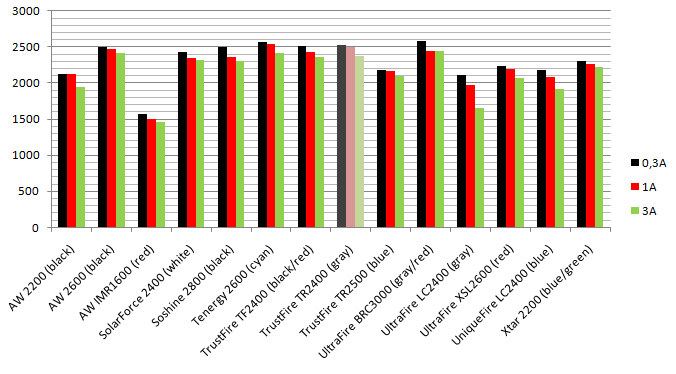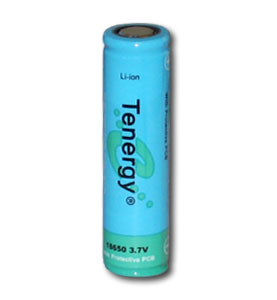It looks like it should work fine to me. It is just a 7805 voltage regulator being tricked into a current regulator, no different than many here are doing with the LM317. You can see a basic schematic in the data sheet on page 21 to do the same thing.
R6 and R7 control the current. If you want a variable circuit you could use a 1 ohm resistor for R6 and replace R7 with a pot, maybe a 5W 100 ohm linear taper for instance.
Are you sure on the cap values? The schematic looks like 470uF on the input. I can't really tell what is on the output. Looks like C5 10uF, and then the tiny caps, rated in nano and pico to filter the ground path out for the ICs. Seems like this would be sufficient as a laser diode should be a very constant load? If not, I don't suppose it would hurt to parallel a 47uF or even 100uF cap (25V) but I don't think it would be needed.
Finally, what will you use to power it? This is a linear regulator so the greater difference between Vin and Vout the more heat generated. Even though the literature claims no heatsink needed, it wouldn't hurt to add one to T1 and the 7805. Perhaps if you are using a project box with a metal lid you could bond them to that. I would probably want a regulated DC supply despite the circuit including a rectifier.
R6 and R7 control the current. If you want a variable circuit you could use a 1 ohm resistor for R6 and replace R7 with a pot, maybe a 5W 100 ohm linear taper for instance.
Are you sure on the cap values? The schematic looks like 470uF on the input. I can't really tell what is on the output. Looks like C5 10uF, and then the tiny caps, rated in nano and pico to filter the ground path out for the ICs. Seems like this would be sufficient as a laser diode should be a very constant load? If not, I don't suppose it would hurt to parallel a 47uF or even 100uF cap (25V) but I don't think it would be needed.
Finally, what will you use to power it? This is a linear regulator so the greater difference between Vin and Vout the more heat generated. Even though the literature claims no heatsink needed, it wouldn't hurt to add one to T1 and the 7805. Perhaps if you are using a project box with a metal lid you could bond them to that. I would probably want a regulated DC supply despite the circuit including a rectifier.









